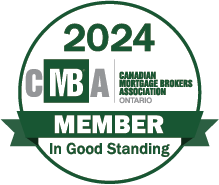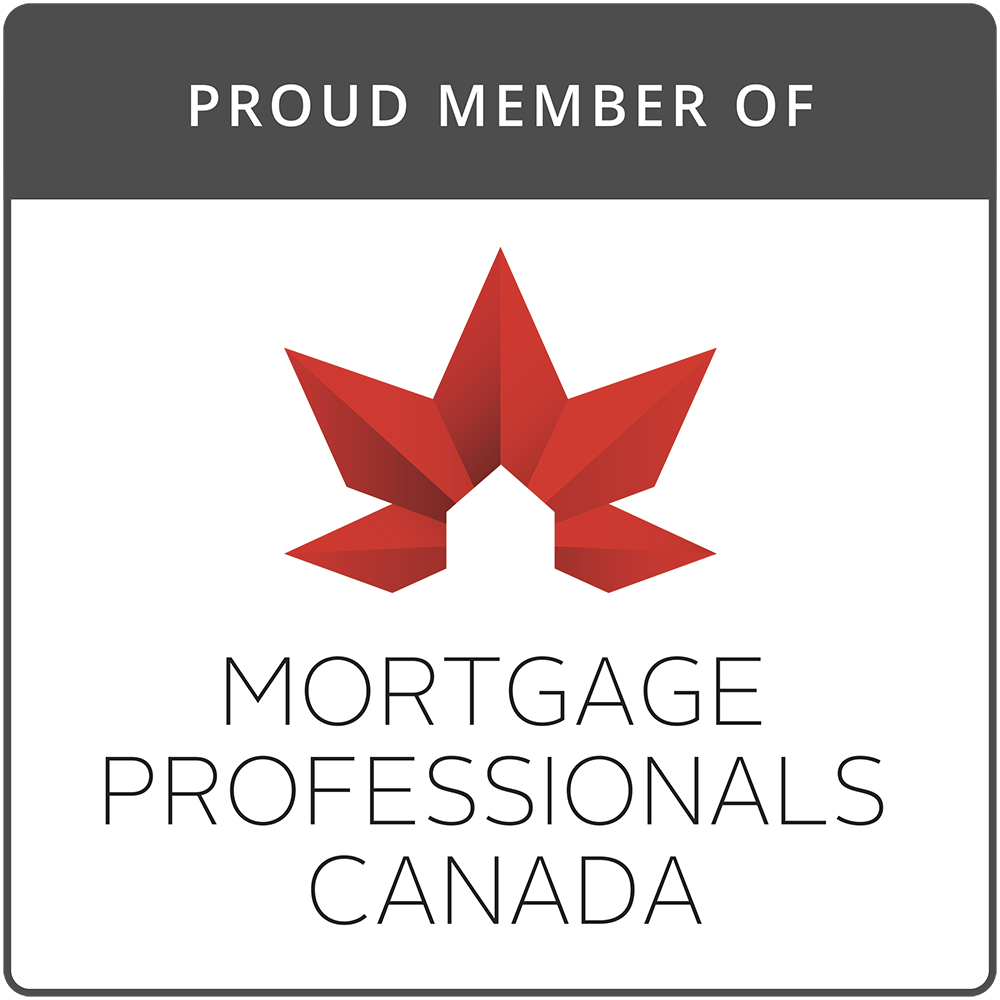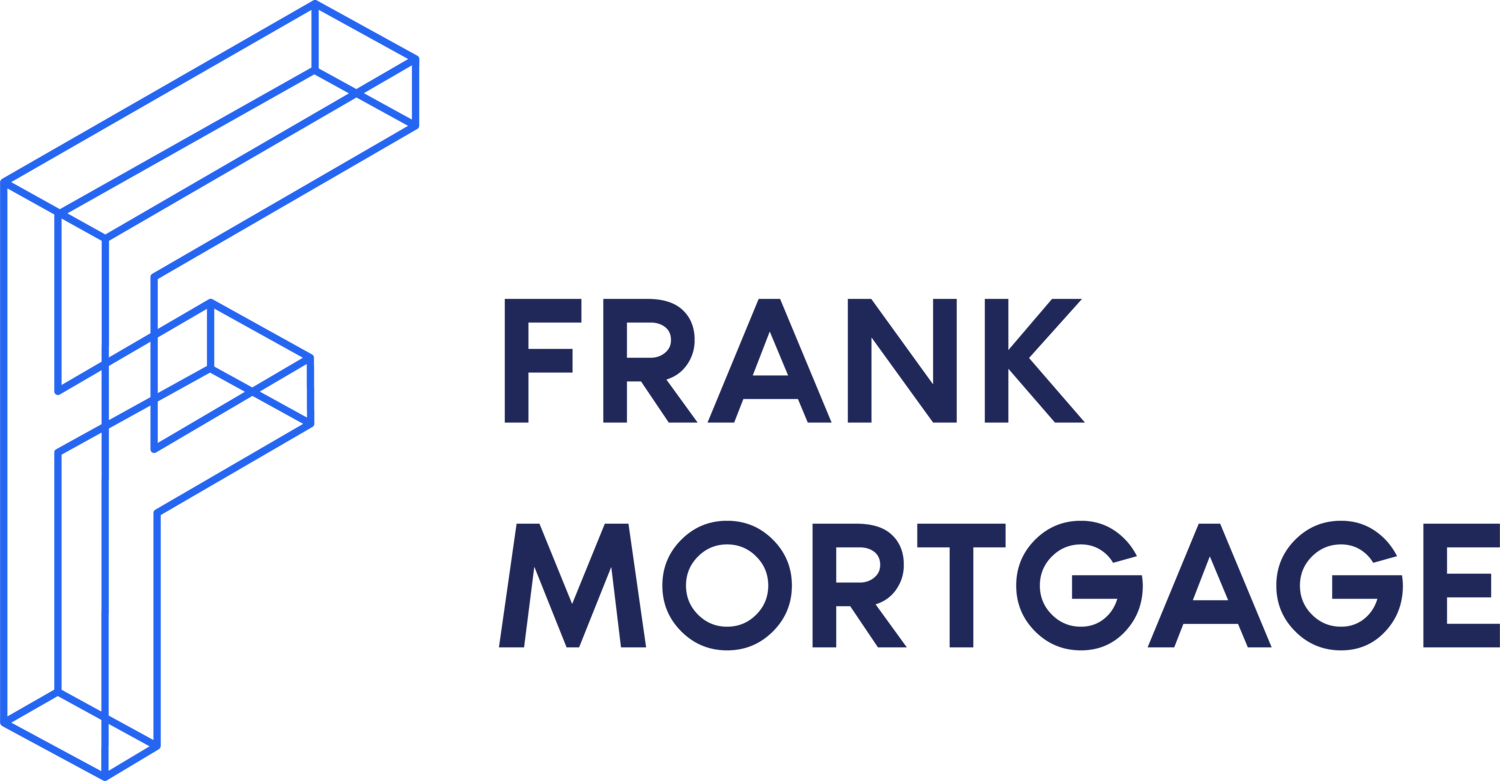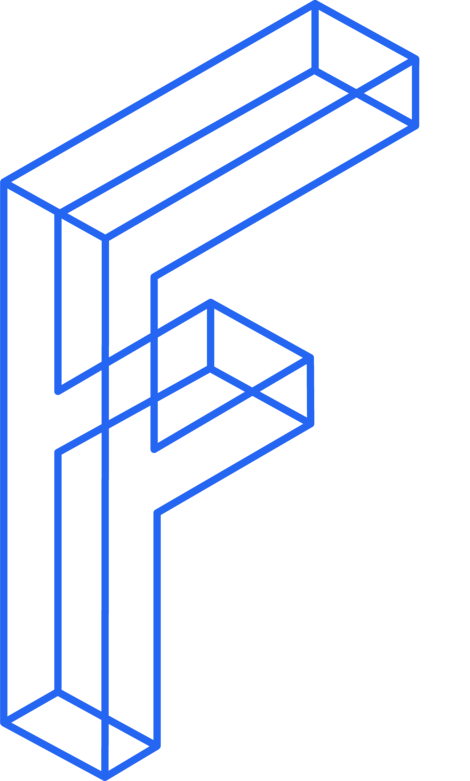Down Payment Requirements for Mortgages in Canada
When it comes to obtaining a mortgage in Canada, understanding the down payment requirements is essential. Your down payment plays a crucial role in determining the type of mortgage you can secure, and the interest rates you may qualify for.
Down payment requirements can vary depending on the type of mortgage you apply for - insured mortgages, uninsured mortgages, rental properties, non-prime mortgages, refinancing, and private mortgages. Whichever mortgage is right for you, a down payment is necessary.
Being prepared to get a mortgage to purchase a new home requires you to save for a down payment. If you haven’t started saving for a down payment, there are interesting ways to do so that we will discuss below.
How Does a Down Payment Work?
Mortgage lenders want a borrower to have some equity in the property. This is an investment by the borrower in the property that provides a cushion of protection for the lender, sometimes referred to as “skin in the game”. When someone purchases a property financed by a mortgage, they must have at least 5% of the property value in the form of a down payment that is to be paid upfront. For instance, if you are purchasing a property for $400,000, you need at least $20,000 of your own funds for the down payment, with the lender providing up to 95% of the property value, or $380,000 in this example.
The minimum required down payment may be greater than the above example and depends on the type of property and the type of mortgage.
Let’s review the minimum down payment requirements for the main mortgage categories.
Down Payments for Insured Mortgages
If the borrower has a down payment that is less than 20% of the home's purchase price, the mortgage lender will require mortgage default insurance. Mortgage default insurance is available to borrowers with down payments of less than 20% who meet the lender's and the mortgage insurer's underwriting requirements. There is s cost to this however, as the premiums for this insurance are paid by the borrower. The insurance premium is usually added to the mortgage balance and paid off over time. Insured mortgages are backed by mortgage default insurance from the Canada Mortgage and Housing Corporation (CMHC) or one of two approved private mortgage insurers, Sagen MI and Canada Guaranty. For a discussion on mortgage default insurance please see here Mortgage Default Insurance.
The minimum down payment requirements for insured mortgages are as follows:
For properties with a purchase price up to $500,000, the minimum down payment is 5% of the purchase price. A 5% down payment is only eligible for a primary residence or second home.
For properties with a purchase price between $500,000 and $1 million, the minimum down payment is 5% of the first $500,000, plus 10% of the value between $500,000 and $1 million.
Mortgage insurance is not available for mortgages on properties worth more than $1 million.
Down Payments for Uninsured Mortgages
When a borrower has a down payment of 20% or more of the home's purchase price, mortgage default insurance is not required. Borrowers with large down payments in excess of 20% benefit from having a lower mortgage balance and, therefore, lower mortgage debt service costs over time. Uninsured mortgages are often referred to as low-ratio mortgages or conventional mortgages and comprise the largest component of the overall mortgage market.
Avoiding mortgage default insurance represents a nice savings, as the insurance premiums can be as high as 4.5%. Uninsured mortgages have higher interest rates than insured mortgages but the savings from carrying a smaller mortgage balance and not paying the insurance premium offsets this higher cost.
Down Payments for Mortgages for Rental Properties
If you're considering purchasing a property for rental purposes, the minimum down payment is typically a minimum of 20% of the purchase price. This is the case for both insured and uninsured rental property mortgages.
Down Payments for Non-Prime or ‘B’ Mortgages
Non-prime mortgages, also known as B mortgages or alternative mortgages, cater to borrowers who have credit issues or do not meet traditional prime mortgage lending criteria. Down payment requirements for non-prime mortgages vary based on the lender's guidelines and the borrower's creditworthiness. Lenders offering non-prime mortgages may require a minimum down payment ranging from 20% to 35% of the property's value.
Down Payments for Refinancing
When refinancing an existing mortgage with a new lender, the maximum amount you can refinance is usually 80% of the appraised value of your home. Therefore, the down payment required for refinancing is typically a minimum 20% of the property value.
Down Payments for Private Mortgages
If you can’t qualify for a mortgage with an institutional lender in either the prime or B lending categories, you may find financing in the private mortgage market. These mortgages are funded by individuals or private lending institutions. These lenders charge very high interest rates and fees. Down payment requirements for private mortgages are determined by the individual or institution providing the loan. Most private lenders want to see a down payment of at least 35%. Some will lend with lower down payments, but it depends on the situation.
The foregoing examples discuss the minimum down payment requirements. Whatever category of mortgage you fall into, the lender may require a down payment from you that is larger than the minimum discussed above. Reasons for this may include issues with the property, your credit history or employment type.
It is important to also note that in many cases, the larger your down payment the lower the mortgage rate you will receive. This is mainly the case for uninsured mortgages where, for example, a 35% down payment will often result in a lower mortgage rate than a 20% down payment.
What sources can you use for a down payment?

Mortgage lenders will look at where all your down payment funds came from and will usually want to see that the funds have been in your account for 90 days. It is good to prepare ahead of time to have the down payment set up, so you are not moving money around near to the closing date of the mortgage. Lenders prefer that you down payment comes from your own funds (bank accounts, savings, investments, etc.) but there are a few other sources that can be acceptable:
- Sale of existing home or property;
- Gift from immediate family member (except for a rental property)
- Equity borrowed from another property, usually via a refinancing of that property.
If the funds cannot be traced, come from a sanctioned country, or are gifted by a non-relative they will not be accepted by the lender.
If you know how much you have for a down payment, check out how much you can borrow using Frank Mortgage’s Mortgage Affordability Calculator.
Tips for Saving a Down Payment
With high housing prices in many markets sin Canada, saving for a down payment can seem daunting. But it can only happen if you get started. Commit to it and you may find that you can save the required amount faster than you thought.
Create a Budget
Evaluate your monthly income and expenses to determine how much you can set aside for savings. Track your spending habits and identify areas where you can reduce your current expenditures and allocate more towards your down payment fund.
Automate Savings
Set up automatic transfers from your primary bank account to a savings account set up for the down payment. This can lead to consistent savings without much effort. A First-Home Savings Account (FHSA) provides tax advantages and could be set up for this purpose – see here for a discussion on the FHSA.
Take Advantage of Government Programs
In addition to the FHSA, there are government programs that can help you with a down payment. The two most common ones are:
- The First-time Home Buyer Incentive (FTHBI), which is a shared home equity program with the Government of Canada that helps you with the down payment for a mortgage. The incentive can help you meet the minimum down payment requirements for a mortgage and/or reduce the size of the mortgage you need; and
- The Home Buyers Plan, which allows eligible first-time homebuyers to withdraw up to $35,000 from an individual's RRSP savings, tax free, to buy, build or maintain a qualifying home.
There are other government programs that offer tax rebates or new housing rebates. Speak to an advisor to assess whether any of these programs can work for you.
Reduce Your Debt
Pay down debt so you reduce the cash flow you are sending to third parties for debt payments. Thereafter, those funds can be saved towards a down payment. An added benefit is that paying down debt improves your credit score, making it easier for you to qualify for a mortgage.
Family Support
Many mortgage borrowers receive gifts of funds from immediate family to help with the down payment. This needs to be arranged ahead of time so the lender can due diligence the source of funds. The giftor needs to sign a letter detailing the gift that says the funds do not have to be repaid.
Alternative Programs
There are some new programs available that may also help with a down payment. Rent-to-own businesses can help home buyers that do not have the minimum down payment. Another relatively new alternative is to enter into a co-ownership with other parties that all share the down payment obligation.
Home Ownership Starts with Saving for a Down Payment
Understanding the down payment requirements for various types of mortgages is vital for prospective homebuyers in Canada. To secure the dream home you are hoping for you need to prepare ahead of time. Work with a professional advisor, a mortgage broker, that can answer your questions, show you your options and guide you through the process.
Our expert advisors at Frank Mortgage are here to help you. Frankly, getting a mortgage does not have to be difficult. Simply click below to book a consultation to discuss your mortgage needs with a licensed mortgage agent.
Down Payment Frequently Asked Questions (FAQ)
Can I get a mortgage in Canada with no down payment?
No, you need a down payment to get a mortgage.
Are there benefits to having a 20% down payment?
There are two main benefits to having a down payment of at least 20% of the property value:
• Your mortgage balance will be smaller resulting in lower debt service costs over time; and
• You will not have to pay for mortgage default insurance.
Is a down payment the same as a deposit on a home?
When you agree to purchase a home, you need to make a deposit with the seller. The deposit is likely smaller than the down payment required for the mortgage and is essentially part of your down payment. If you made a purchase deposit of $10,000 upon agreeing to purchase the property and your mortgage requires $30,000 down payment, then you only need to advance an additional $20,000 toward your down payment on closing of the house purchase and mortgage.
If I have the required down payment, will I definitely get a mortgage?
Not necessarily. While having the required down payment is a must, you still need to pass the lender’s underwriting which will assess your income, credit history, assets & liabilities, and the property.
About The Author

Don Scott
Don Scott is the founder of a challenger mortgage brokerage that is focused on improving access to mortgages. We can eliminate traditional biases and market restrictions through the use of technology to deliver a mortgage experience focused on the customer. Frankly, getting a mortgage doesn't have to be stressful.
Related Posts




Mortgage Brokerage Licensed in Ontario (#13204), British Columbia, Alberta, Saskatchewan (#514115), Manitoba, Nova Scotia, Newfoundland & Labrador, and New Brunswick (#230015752).
© Frank Mortgage 2025 | All Rights Reserved


